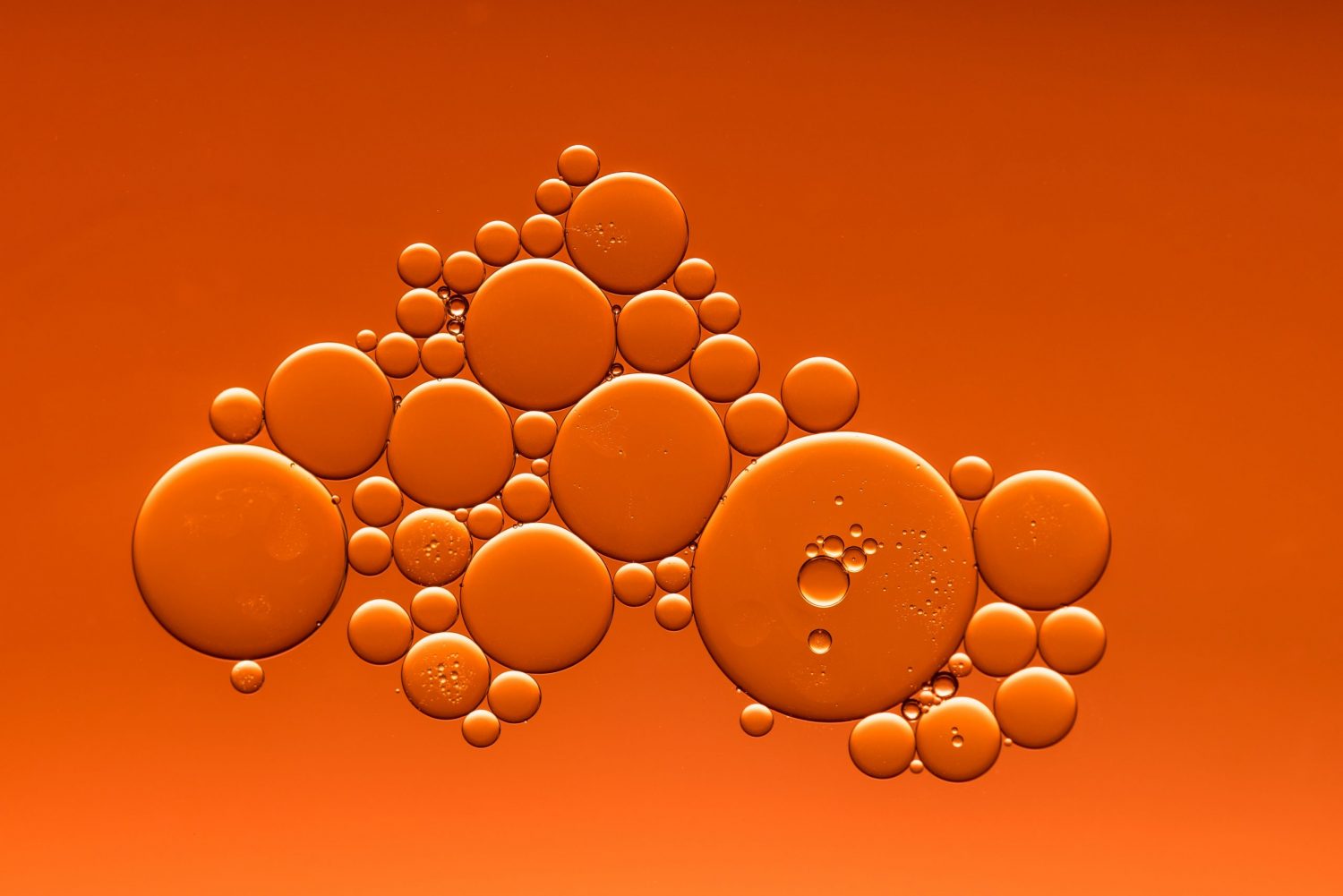
Hey there, how’s it glowin’? The last time we spoke about hydroxy acids, it was when we shared our complete guide to exfoliating AHAs. We also mentioned that we’d be covering Queen B…HA next and that’s exactly what we’re doing today! But before you can learn what the benefits of salicylic acid are, let’s address the burning question you most likely have first…
What is Salicylic Acid?
By now, someone’s mother, aunt, or girlfriend has recommended salicylic acid to you, whether your skincare concern has been clogged pores, inflammation, or flaky skin. And although they’ve been preaching its benefits, you might not understand exactly what it is. Salicylic acid (an ingredient extracted from the bark of willow trees) is a type of chemical exfoliant that belongs to the beta-hydroxy acid (BHA) family and a class of chemicals known as salicylates. In comparison to AHAs (which are water-soluble), BHAs are oil-soluble, making them better at penetrating deeper layers of skin and effective at loosening up built up debris deep inside pores and removing blockages. No wonder this ingredient is a favorite among those with oily, acne-prone skin! For more specific benefits of this BHA, keep reading!
Benefits of Salicylic Acid
You can reap the benefits of salicylic acid in an abundance of products! Whether in cleanser, toner, serum, or peel form, this BHA is a star for a reason.
Exfoliates Skin + Removes Excess Sebum
Salicylic acid is a part of a class of medications called keratolytic agents, which work to soften and break down layers of skin, encouraging exfoliation. The loosening of these skin cells not only helps dissolve the dirt and debris that leads to blackheads and whiteheads but also prevents them from returning. And although salicylic acid benefits these types of non-inflammatory acne, it can have some effectiveness against treating cystic acne. And when dead skin cells are sloughed away and acne-causing bacteria is dissolved, dullness, flakiness, and overall texture can be improved!
Softens Pores
As we mentioned earlier, salicylic acid is oil-soluble, which means it can treat deeper layers of skin, whereas AHAs can only treat the surface. This is why salicylic acid is one of the most effective hydroxy acids to target excess sebum production and can also help minimize the appearance of large pores. And although decreased oil secretion is the goal, you want to ensure that you’re not overly stripping your skin of its natural oils, which can cause your skin to produce more oil as a way of naturally generating and bringing more moisture to the skin.
Reduces Redness + Inflammation
Because salicylic acid belongs to the same class of chemicals as aspirin, it can provide anti-inflammatory effects to the skin. Irritation and inflammation are often associated with breakouts, so applying a product with salicylic acid can help calm any redness related to inflammatory acne. If you are, however, allergic to aspirin, we don’t advise you use any form on salicylic acid on your skin. Better to be safe than sorry! Alright, so now that you’re familiar with its benefits, let’s dive into how salicylic acid should be used and which skin types should avoid it!
How-To Use Salicylic Acid + Who Can Use It
Salicylic acid is one of those ingredients that you can’t slather your face in on the first try. The amount and concentration of this BHA depends on your skin type and varies from person to person. As with any new product, your best skin bet is to incorporate it into your routine in moderation and to always test patch any new ingredient in a small area such as the bottom of your jaw or the side of your neck. And fun fact: there is such a thing as using too much salicylic acid and this is something to keep in mind, even if you have oily, acne-prone skin, which is the skin type this BHA is most effective for. But for those with severely dry or sensitive skin, it’s best to avoid SA at all costs.
If you do, however, have oily, acne-prone skin, there’s still potential for an adverse reaction to occur, so be on the lookout for any irritation, peeling, dryness, or inflammation.
MOZ Salicylic Acid Product Pick
Our Acne Treating Serum is formulated with salicylic acid and combined with other cleansing ingredients such as tea tree oil and manuka oil to help hydrate, balance, and clarify skin. If you’re struggling with troublesome spots, apply this serum as a daily remedy in your natural skincare routine to help avoid unwanted acne. For best results, follow up with our Retinol Cream.
The Bottom Line
This BHA is more than just an acne-fighting acid. It’s an effective chemical exfoliant, too. With that said, we hope you enjoyed learning about the benefits of salicylic acid and look forward to adding it to your list of must-have skincare ingredients. And don’t forget to follow us on socials! We’d love to what your experience has been like with our Pure Serum and what other products with SA you’d like us to incorporate into MOZ!

